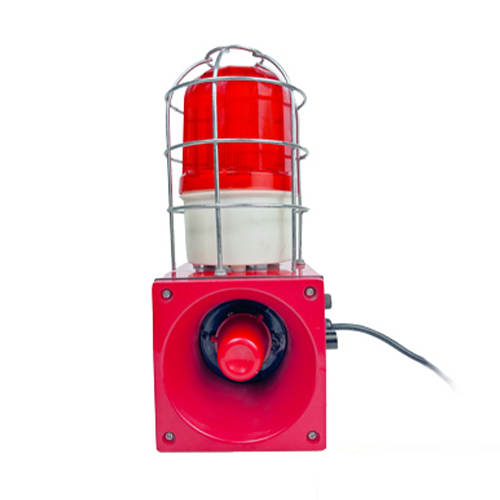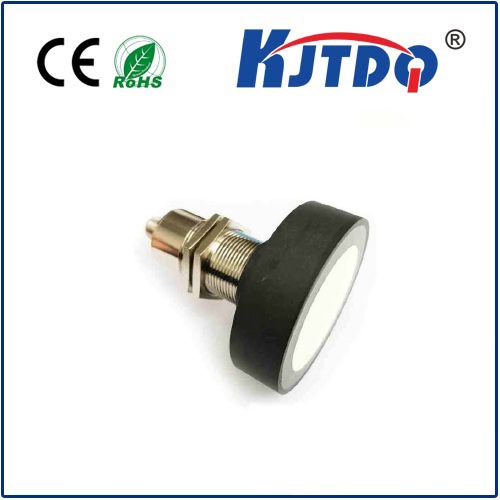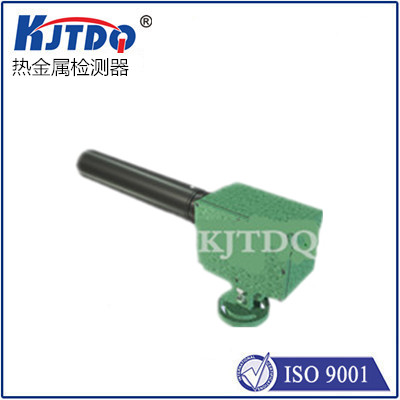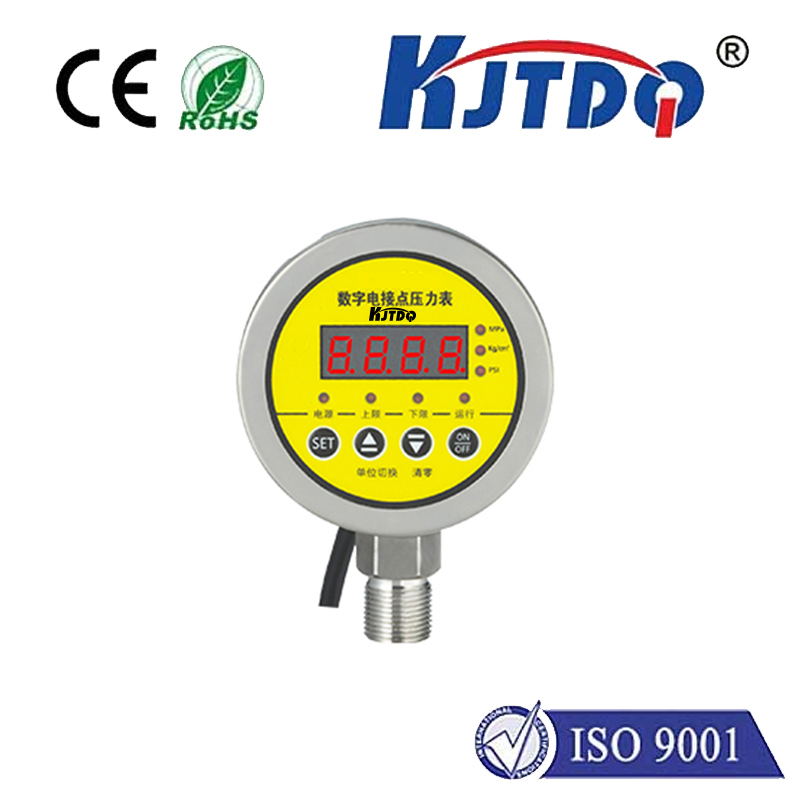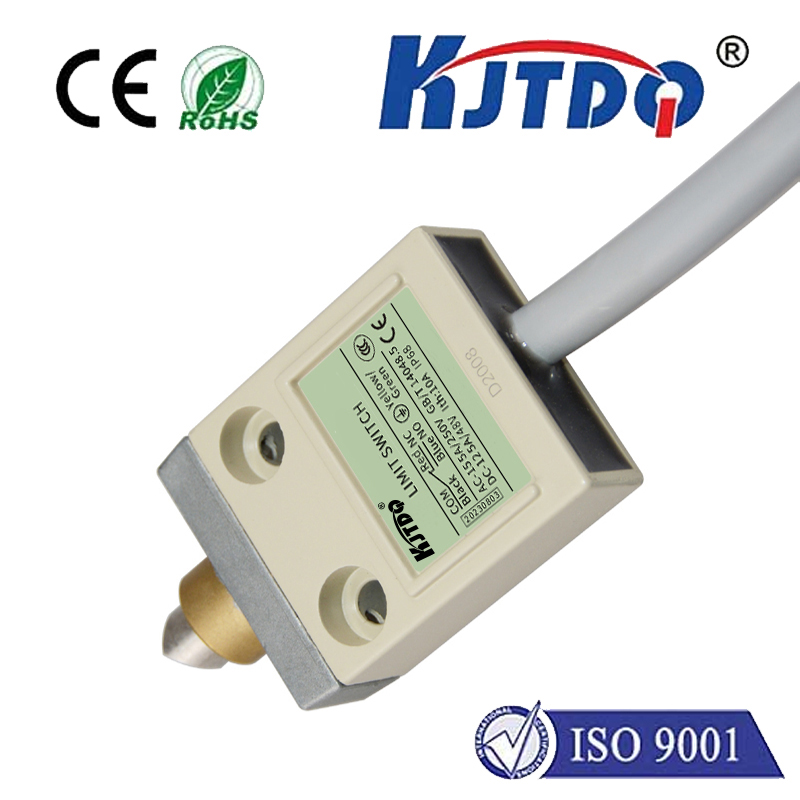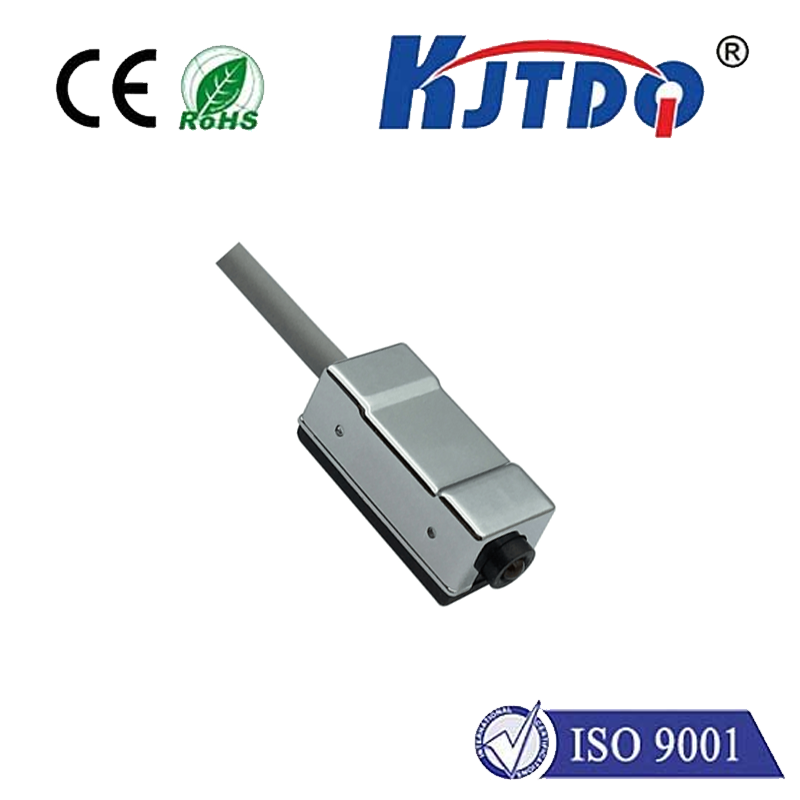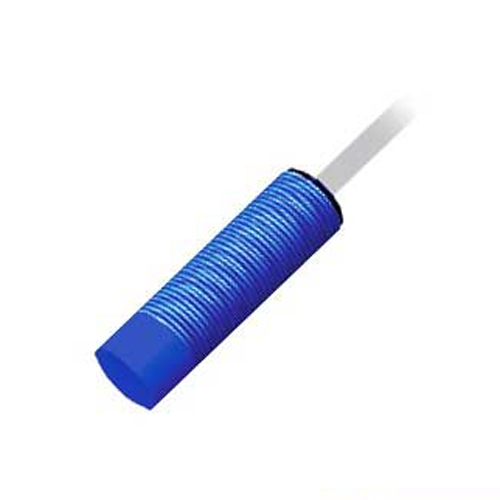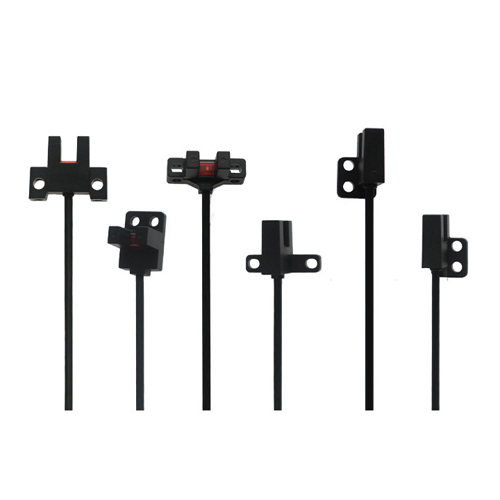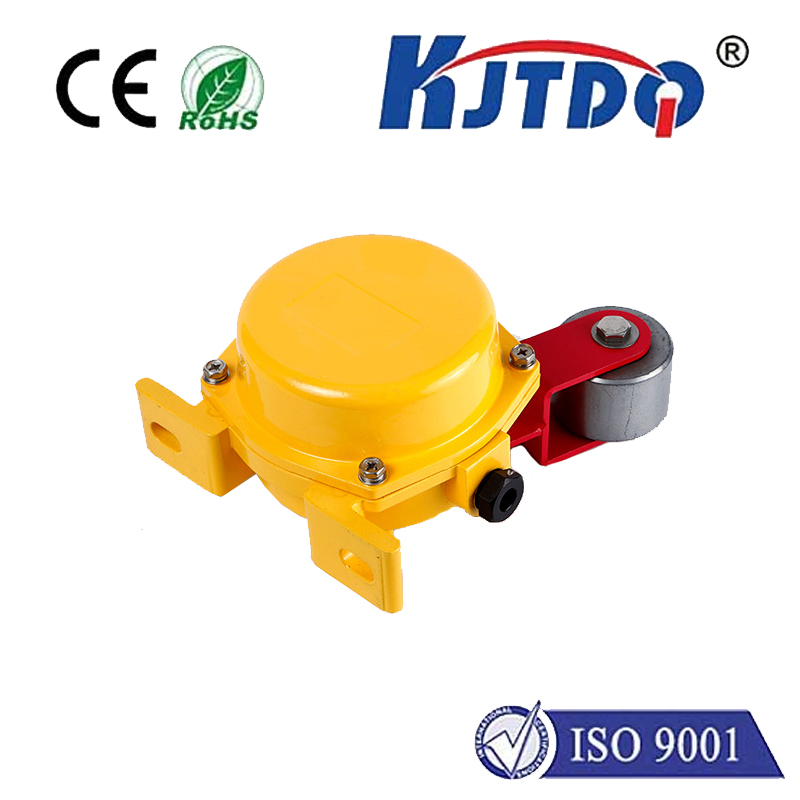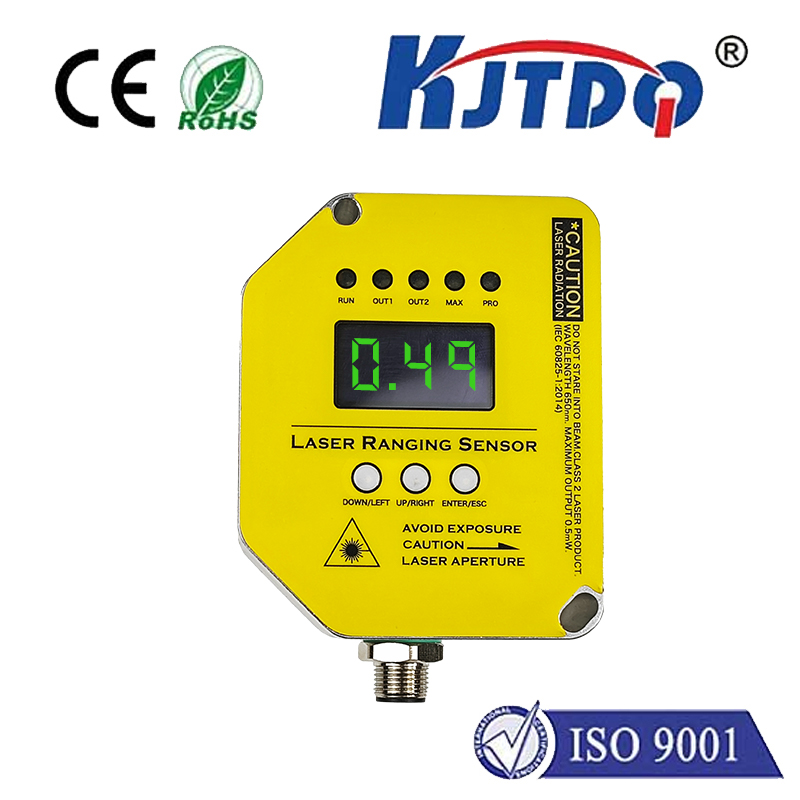body temperature sensor
- time:2025-08-22 00:21:49
- Click:0
The Unseen Guardian: How Body Temperature Sensors Revolutionize Health Monitoring
Imagine a tiny, silent sentinel constantly watching over your most fundamental vital sign. That’s the reality of modern body temperature sensors. Far removed from the clunky thermometers of the past, these sophisticated devices are now woven into the fabric of our healthcare systems, personal wellness gadgets, and even our daily commutes. Precise thermal monitoring has become an indispensable tool for diagnosing illness, optimizing athletic performance, managing chronic conditions, and enhancing overall well-being. This article delves into the fascinating world of body temperature sensors, exploring their evolution, diverse technologies, and profound impact on modern life.
The journey from rudimentary mercury thermometers to today’s cutting-edge digital and infrared sensors is a remarkable testament to technological progress. Fever detection, once a manual and time-consuming process fraught with inaccuracy, can now be achieved instantly and non-invasively. The core principle remains measuring the body’s heat energy, but the methods have dramatically evolved, prioritizing speed, safety, and seamless integration. This leap forward is largely driven by innovations in microelectronics and material science.
Let’s explore the primary types of body temperature sensors shaping our world:

- Digital Thermometers: The workhorse of home and clinical settings. These typically use a small electronic component called a thermistor, whose electrical resistance changes predictably with temperature. Placed under the tongue, in the ear canal, rectally, or under the armpit, they provide a quick and relatively accurate reading within seconds. Their affordability and ease of use make them ubiquitous.
- Infrared Thermometers (IR Thermometers): Gaining massive prominence, especially during recent global health events, these sensors are the champions of non-contact measurement. They work by detecting the infrared radiation naturally emitted by the body. Ear (tympanic) thermometers focus on the eardrum, considered a reliable core temperature indicator. Forehead (temporal artery) scanners, often seen in public screenings, estimate core temperature by scanning the skin over the temporal artery. Their speed and lack of physical contact are crucial advantages for mass screening and pediatric use.
- Wearable Temperature Sensors: This is where the revolution truly personalizes health. Embedded in smartwatches, fitness trackers, and even adhesive patches, these sensors offer continuous thermal monitoring. They primarily measure skin temperature, often using tiny thermistors or advanced materials like liquid crystal polymers. While not as accurate for pinpointing core temperature as clinical devices, their power lies in trend tracking. They provide invaluable insights into circadian rhythms, the onset of illness (often detecting subtle shifts before symptoms appear), physiological responses to stress or exercise, and even ovulation cycles.
- Ingestible Sensors: Representing the frontier, these pill-sized sensors transmit core body temperature data wirelessly as they travel through the gastrointestinal tract. Primarily used in professional sports and specific medical research, they provide the most accurate and continuous core temperature readings possible outside a clinical lab setting.
So, how do these tiny marvels actually work? The magic lies in converting thermal energy into an electrical signal.
- Thermistors: As mentioned, these resistors change resistance with temperature. Electronic circuits measure this change and convert it to a digital temperature reading.
- Thermopiles: Found in IR sensors, thermopiles consist of multiple thermocouples connected in series. They absorb infrared radiation, generating a tiny voltage proportional to the temperature difference between the sensor and the target (like the skin or eardrum). Advanced algorithms process this signal to estimate core body temperature based on the specific measurement site.
- RTDs (Resistance Temperature Detectors): Often used in high-precision medical equipment, these rely on the predictable resistance change of pure metals (like platinum) with temperature, offering exceptional accuracy.
The applications of body temperature sensors are incredibly diverse:
- Healthcare & Clinical Diagnostics: Fever detection remains paramount for identifying infections and inflammatory conditions. Continuous monitoring in ICUs provides critical data on critically ill patients. They are essential tools in post-operative care and managing illnesses like sepsis.
- Personal Wellness & Wearables: Thermal monitoring via wearables empowers individuals. Tracking subtle temperature fluctuations can signal the onset of a cold or flu, highlight sleep disturbances, indicate stress levels, aid in fertility awareness (Basal Body Temperature tracking), and optimize training by monitoring responses to exertion. This proactive approach to health is transformative.
- Public Health & Screening: Non-contact IR thermometers became instrumental during the COVID-19 pandemic for mass fever screening in airports, workplaces, and public venues, helping slow transmission. Their role in public health infrastructure remains significant.
- Sports Science & Performance: Elite athletes use continuous core temperature monitoring (often via ingestibles or specialized patches) to prevent dangerous hyperthermia during intense training or competition. Understanding individual thermoregulation helps optimize performance and safety.
- Smart Homes & Consumer Devices: Some advanced baby monitors incorporate temperature sensors. Smart thermostats may integrate skin temperature readings (via wearables) to personalize room climate for comfort.
- Industrial & Environmental Monitoring: While focused on environments, similar infrared technology is used, showcasing the broad sensing principle.
Key advantages driving adoption include:
- Speed: Results in seconds, crucial in emergencies and busy environments.
- Non-invasiveness: Especially key for children, the elderly, and frequent monitoring. IR sensors minimize contact entirely.
- Continuous Monitoring: Wearables provide unprecedented, round-the-clock data streams.
- Accuracy: Modern sensors offer high precision, often within 0.1 to 0.2°C, depending on the type and placement.
- Connectivity: Data seamlessly flows to smartphones and cloud platforms for tracking and analysis.
Challenges persist, such as ensuring the accuracy of non-contact measurements in varying environmental conditions and correctly interpreting skin temperature trends relative to core body temperature. Sensor calibration and proper usage technique are vital. However, ongoing innovation in sensor materials, miniaturization, sophisticated algorithms, and integration with artificial intelligence for predictive health insights continues to push the boundaries.
Body temperature sensors have transcended their humble origins. No longer just tools for checking a fever, they are dynamic components of a connected health ecosystem. From the discreet sensor in your smartwatch silently tracking your wellness journey to the IR scanner safeguarding public spaces, these unseen guardians provide a critical window into our physiological state. Their evolution is relentless, promising even more seamless, accurate, and insightful thermal monitoring that will continue to empower individuals and revolutionize healthcare delivery, making proactive and personalized health management an accessible reality. Their quiet vigilance is truly reshaping how we understand and care for our bodies.






